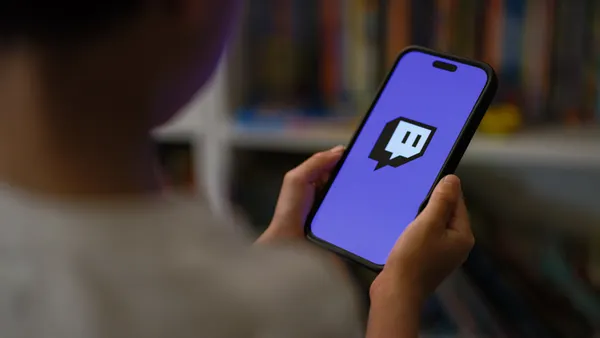Dive Brief:
- Facebook sees virtual reality and its Oculus Rift goggles as part of the marketing future and is now selling the idea to advertisers.
- The goggles won’t hit the consumer market until next year and won’t likely gain any significant market penetration for some time being a bleeding edge type of technology.
- However, looking toward a virtual reality marketing future, Facebook and brands see the technology used more for product placement and sponsored content rather than typical interrupt-style ads.
Dive Insight:
Facebook already has marketers advertising with 360 video campaigns, something of a virtual reality (VR) lite experience for users. After its $2 billion acquisition of Oculus Rift VR goggles last year, the social network is easing advertisers into a brave new virtual reality marketing world.
Oculus Rift goggles don’t go to market until next year and face competition from Sony, Samsung and Google. And although the technology will initially only appeal to early adopters, Facebook CEO Mark Zuckerberg has said he believes VR tech will spread similar to smartphones slowly spreading through tech-savvy consumers and eventually becoming ubiquitous.
If this is the case, marketers will be on the front row of reaching an audience in that next-level rich media channel. And Facebook is making the case for why and how they can do so.
An agency exec who has spoken with Facebook about VR told Digiday, “They’re finally getting around to getting to what Oculus means in the grand scheme. It’s come up in pitch situations where they say they want us to use it for big brand launches.”
One group of marketers who might be interested in VR early in the game might be surprising to some – B2B marketers. The reasoning is VR offers a way to allow marketers to create a compelling visual story that can showcase big ticket items in a 3D environment for a virtual “try before you buy” experience.









